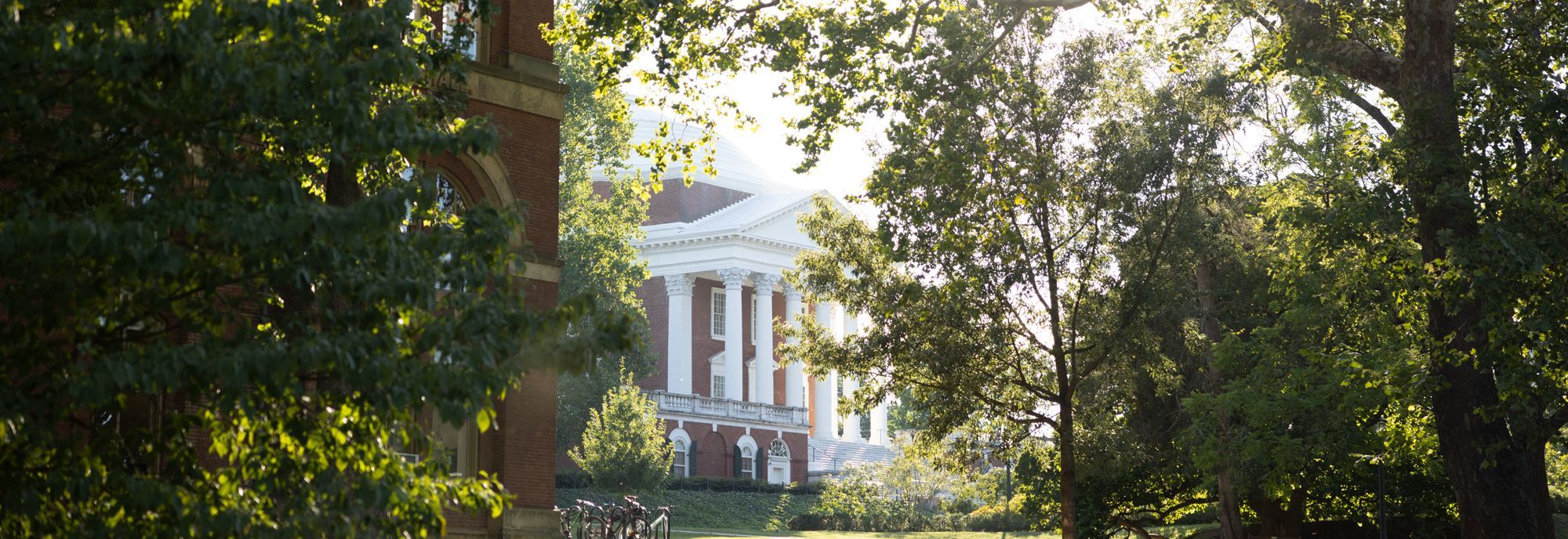
Team Lead: John S. Miller, Ph.D., P.E.
The Environment, Planning, and Economics Team focuses on ways to protect the environment, preserve cultural resources, support Virginia’s multimodal transportation system, and maximize the benefits of Virginia’s transportation investments.
Learn moreTeam Lead: Hari Nair, Ph.D., P.E.
The Pavements Team conducts and implements research on innovative materials and methods that promote safe, healthy, affordable, and renewable pavement systems.
Learn moreTeam Lead: Michael D. Fontaine, Ph.D., P.E.
The Safety, Operations, and Traffic Engineering (SOTE) Team focuses on how to improve the safety and efficiency of travel on Virginia roadways.
Learn moreTeam Lead: Soundar Balakumaran, Ph.D., P.E.
The Structures Team focuses on how to support and improve the VDOT's transportation structures, which primarily includes bridges, tunnels, culverts and ancillaries.
Learn moreTeam Lead: Hari K. Sripathi, P.E.
The Office of Strategic Innovation (OSI) champions the use of innovative approaches and technologies.
Learn moreTeam Lead: Kevin B. Wright
The Implementation Team identifies “early adopter” advocates for the implementation of research recommendations to improve VDOT agency operations and efficiency.
Learn moreTeam Lead: Donna P. Cognata
The Administration Team provides core support for VTRC and its staff.
Learn moreLast updated: October 12, 2023